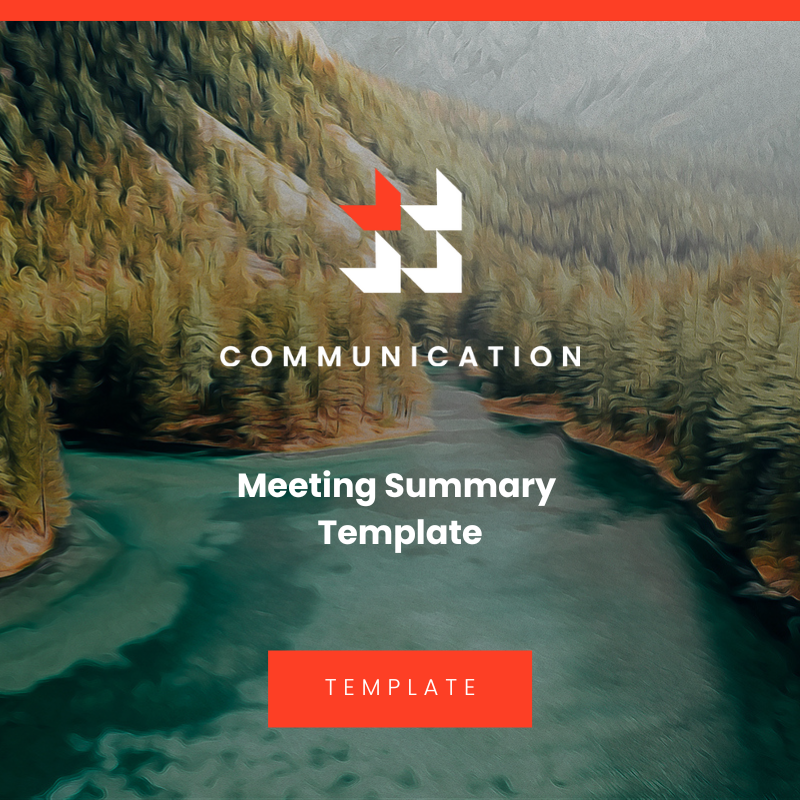The Five-Category Approach to Structuring Your Documentation Workflow
The purpose of this framework is to provide a simple structure for organizing and managing documentation in a way that is easy to follow, scalable, and adaptable to different business scenarios.
The framework consists of five categories that build upon each other, as follows:
Archives - This category includes all transcriptions and miscellaneous files that you collect, usually automatically. Archives serve as a historical record of all communications, decisions, and actions taken, and provide a reference point for future work.
Support Documents - This category includes meeting notes, collaboration summaries, and documents that led to decisions. Support documents are based on the archives and provide context and details about specific meetings, collaborations, or decisions.
Action Plans - This category includes documents that collect decisions and present next steps. Action plans are based on the support documents and outline the specific actions that need to be taken, who is responsible for them, and by when.
Guides and Manuals - This category includes documents that result from decisions, usually project briefs, project manuals, roadmaps, and longer-form guides. Guides and manuals provide a comprehensive overview of a project, process, or product, and serve as a reference point for stakeholders.
Policies - This category includes overarching documents on how you work. Policies are process-oriented, shorter, and more actionable than guides and manuals. Policies provide guidance on how to navigate specific areas of work, such as communication, collaboration, leadership, and operations.
Example:
To illustrate how the framework works, let's take the example of a product feature launch. You gather the relevant people into a meeting to discuss how to build the feature, what to include, and how to ship it.
During the meeting, you discuss the feature, who is responsible for shipping it, when, how, and what resources you need. You also do an ideation session to figure out some challenges.
The meeting is recorded and transcribed, and the transcription goes into your archives, almost fully automated.
From the transcription, you create an ideation document to document how the ideation session went, some meeting notes, and a summary. Then, since you've concluded the meeting, you also prepare an action plan with a briefing that goes directly up to the tool the product team uses for project management.
Since this is the first day you document things, you also create a guide on how to do a product meeting and how to ship a particular feature. You also create meeting and project management policies to help others collaborate better on projects.
By following the five-category approach, you have structured your documentation workflow in a way that is clear, consistent, and easy to follow. You have created a comprehensive record of the product feature launch, including all communications, decisions, and actions taken. As a result, your team is more aligned, has greater clarity, and can refer to the documentation for guidance and reference. Over time, you will refine and improve your documents, making the documentation process even more efficient and effective.















